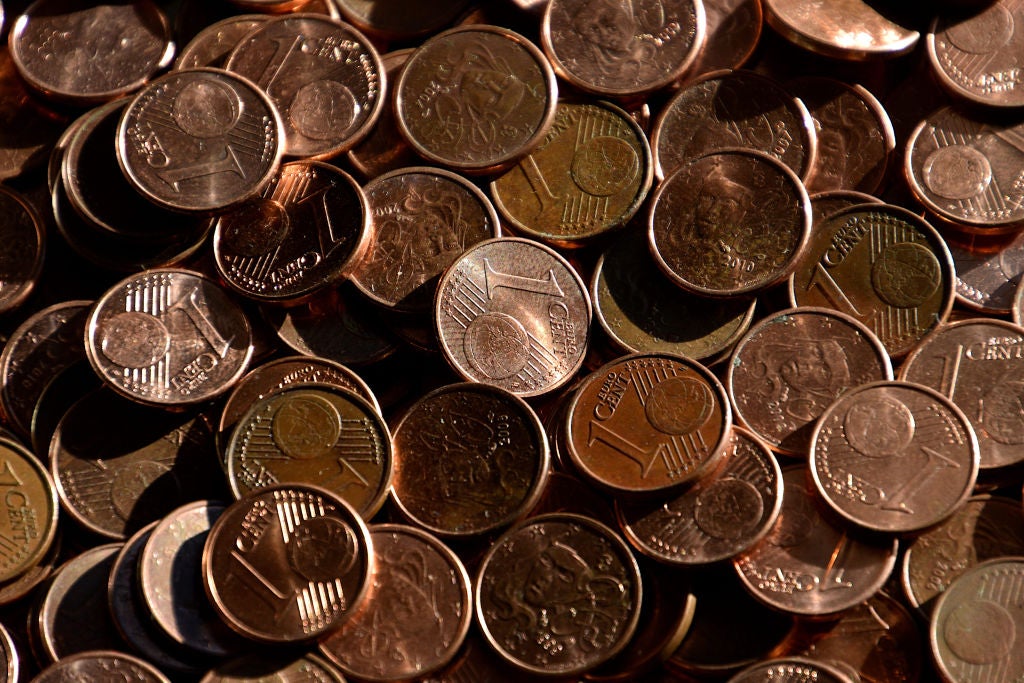Since the beginning of the Covid-19 pandemic, people have been increasingly replacing physical cash with its electronic counterparts. There has, however, been a huge interest in cashless payments for many years, so much so that according to Capgemini, global non-cash transactions surged by nearly 14% between 2018 and 2019 to reach some 708.5 billion transactions.
In a new report, a deeper insight has been detailed after new figures revealed that cash payments are on the decline. Looking specifically across Europe, it seems that many countries have begun to leave tangible currency behind.
These figures have been brought to light by finance.ua’s research. Its experts analysed global purchasing trends by looking into the countries that have reported higher numbers of non-cash transactions. This revealed the countries that are sticking to tradition and will not, it seems, be saying goodbye to physical currency any time soon.
How cash became a dirty word during the Covid pandemic
As the pandemic lessened its hold on the world in 2021, in theory the opportunity was there for physical cash to make a comeback. However, rowing back on the previous year’s events is no easy task, and throughout the year non-cash payments remained high in demand.
In 2021, the Czech Republic saw the largest number of people leaving cash behind, with a a decrease of 49% in cash payments. On the opposite end of the scale, using cash for purchases in Bulgaria remained popular, with the country only experiencing a decrease in cash payments of 18% over 2020 and 2021.
The finance.ua experts found that Sweden recorded the lowest level of change in its numbers regarding cash usage. Starting at an already low 13% of total payments being made with cash in 2019, this figure only went down to 11% in 2021.

US Tariffs are shifting - will you react or anticipate?
Don’t let policy changes catch you off guard. Stay proactive with real-time data and expert analysis.
By GlobalDataThe UK is following a similar trend, albeit at a slower pace. The finance.ua analysis showed that the country has recorded a 21% drop in cash payments over the past two years, with the most significant decrease being between 2020 and 2021 (10%).
Seeing a drop in cash payments in 2020 was to be expected during multiple lockdowns across the world when the Covid-19 pandemic hit in early 2020, and this was certainly the case in Denmark, where just 1% of all payments were made with cash.
Similarly dramatic is the data from the Czech Republic, where, in comparison to 61% of payments being made with cash in 2019, the country’s cash payments dropped by 15% in 2020. Italy was another country that saw a big drop in cash payments, from 57% in 2019 to 38% in 2020.
Which countries are bucking the cashless trend?
As tech advances, consumers are constantly on the lookout for more convenient methods to buy their favourite products, and this is particularly notable in tech-savvy countries such as Iceland. Only 8% of the country’s overall payments in 2021 were made with cash, making the króna almost redundant. Another factor behind this low level of cash usage in Iceland is that tipping for services and VAT are always included in prices, meaning it is easier to pay for both by card.
Not all countries are ready to ditch cash altogether, however, with many, such as Ukraine, happy to have both physical and digital options.
Meanwhile, the likes of Romania and Albania seem happy to hold onto their cash. Between 76% and 100% of Romanians made their payments with cash during 2019, while this figure stood at 88% in Albania.
This was not just a central and eastern European phenomenon, however, with the analysis revealing that Finland saw an increase in cash payments between 2019 and 2020, from 17% to 24% of all payments.
Overall, these changes seem to reflect the trend of electronic payment methods replacing the traditional, while countries around the world are slowly adapting to the lasting effects of the pandemic. As they attempt to return to a ‘new normal’, complete with the technological advances that have moved from the margins to become commonplace over the past two years, perhaps these figures will shift further.
Finance.ua’s experts expect to see a strong sense of trust increasing around this new tech. However, the benefits it offers may need to be more readily apparent in order to move the last few cash-favouring outposts towards embracing digital methods. In the meantime, it will be interesting to watch the scales slowly tip each way while consumers figure out what works best for them.




